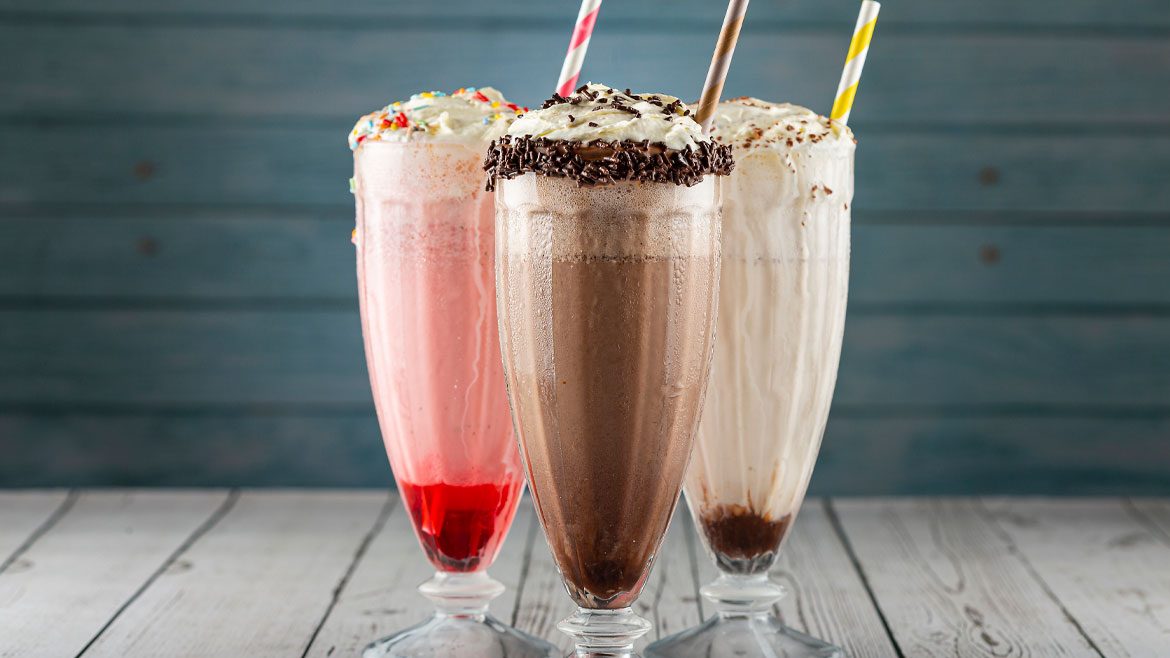Omega-3 claims are among the most sought-after health claims for nutraceutical products today, and the trend is only increasing worldwide. For example, in April 2010, the Chinese government gave permission to allow the incorporation of omega-3 fish oils in food and beverage products. This opens a potential market of more than 1 billion people, many of whom have an interest in western dietary trends. This cuts both ways, of course. The Chinese diet is naturally higher in fish and less reliant on omega-3 supplementation. However, the increasing number of people who follow a western diet also means more demand for omega-3 from non-traditional places.
Domestically, three factors are driving omega-3 growth. The first is market maturation. Awareness of omega-3 benefits and scientifically validated research continues to grow among consumers. Second, omega-3 ingredients are being embraced by the largest branded companies, which have the largest influence on market trends. Third, the quality of omega-3 fish oil and refining techniques has continued to improve over time. As taste and functionality improve, consumer demand follows.
With regard to the beverage market, the market for functional beverages claiming omega-3 benefits grew more than 30 percent from 2008 to 2009, from $150 million to $200 million, despite the overall beverage category dropping. This indicates that the subcategory of omega-3 functional beverages continues to be a high growth market segment.
The beverage category traditionally has been plagued by significant challenges when it comes to omega-3 incorporation. To date, a majority of omega-3 claims in beverages use formulations based on plant-based ingredients, such as flaxseed. However, these formulations do not contain eicosapentaenoic acid (EPA) and docosahexaenoic acid (DHA), the two most recognized health-promoting components of omega-3s. Instead, flaxseed oil is rich in alpha-linolenic acid (ALA). Although similar in structure, the benefits of ALA, EPA and DHA are quite different. ALA is a “parent” fatty acid to DHA and EPA, and the body must convert ALA into DHA and EPA – a process which requires about 11 grams of ALA to produce 1 gram of DHA and EPA. Thus, a marketer cannot use ALA to develop a product that claims an “omega-3 health benefit.” Instead, they can make a “nutrient content claim.”
The reason for flaxseed’s popularity is quite simple: EPA and DHA, despite having scientific credence, are more difficult to formulate for beverages. Functional beverages by definition are low in fat or nonfat, and EPA and DHA are lipids. The aqueous environment in functional beverages makes EPA and DHA unstable. Shelf-stable applications in particular have not been fortified with EPA and DHA for three primary reasons: 1) the flavor profile of starting omega-3 EPA and DHA oils, 2) the tendency of the oils to oxidize and cause flavor instability, and 3) insolubility in water-based beverages.
However, it is possible to overcome these obstacles in order to provide consumers with ambient, shelf-stable beverages that include EPA and DHA.
Flavor profiles of omega-3 EPA and DHA oil can be stabilized through proprietary processes. Hormel, for example, uses a process to manipulate light within the solution in order to alter the degree of light scattering to create a clear or turbid solution in a beverage. To control clarity, Hormel increases the total hydrolipophilic balance of the EPA and DHA environment, which results in reduced oil properties and increased water properties of the EPA and DHA. By increasing the water properties of the EPA and DHA, the product becomes more water soluble and less visible. The key to Hormel’s patent pending and proprietary technologies is controlling the light scattering and the destabilization of EPA and DHA by photo-oxidation. Such ingredients can also be allergen free, genetically modified organism free, cold water soluble, generally recognized as safe and kosher.
These new omega-3 beverage applications will be beneficial for developers and consumers alike. The ability to move beyond strictly frozen and refrigerated food applications to working with an ingredient that has a proven shelf life of greater than six months will broaden the possibilities for developers and increase the product selection for consumers.BI
Market Insights: Shifting toward EPA and DHA omega-3 in beverages
Looking for a reprint of this article?
From high-res PDFs to custom plaques, order your copy today!


